Get ready for the clanging of cymbals and beating of drums that announce the colourful trance of the lion dance – but how much do you know about this centuries-old CNY tradition
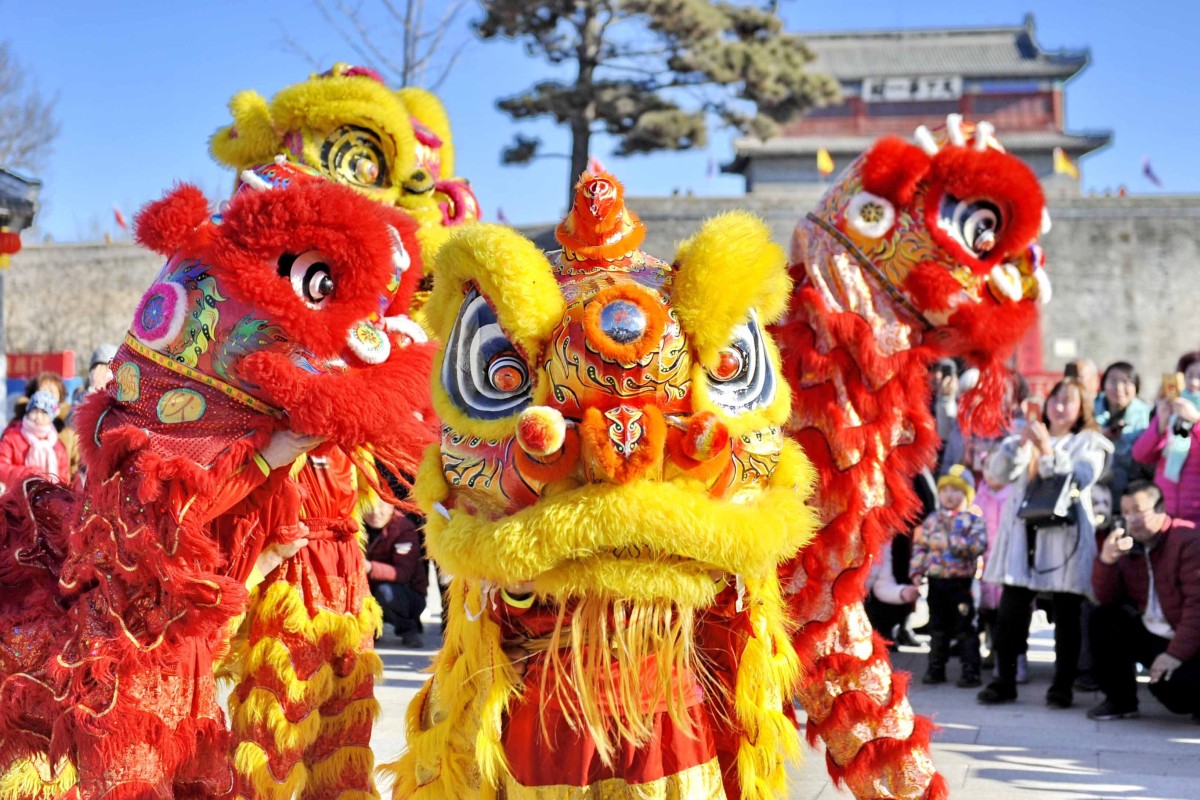
Artists perform a lion dance at Shanhaiguan Pass, in Qinhuangdao city,
Hebei province, in northern China. Photo: Xinhua
It’s Lunar New Year, and the clanging of cymbals and the persistent beat of drums are aural cues to the lion dance. Colourful and loud, the lions are an ancient Chinese ritual to scare away evil spirits, and bless a business or home. The Chinese lion does not look much like a lion, though, and if these predators aren’t native to China, where does the dance come from?
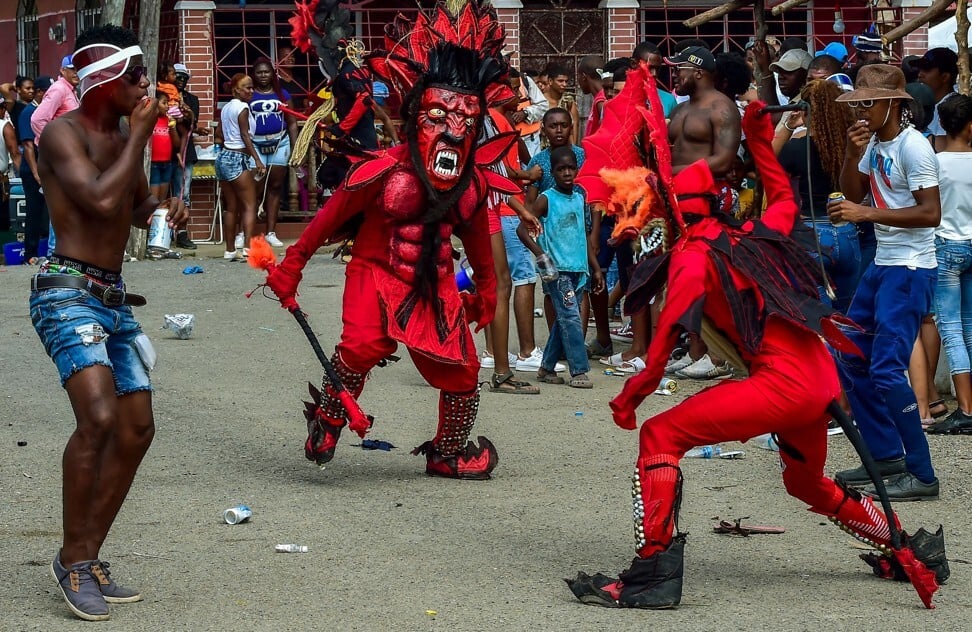
Revellers in the Congos and Devils carnival festival in Panama, a celebration
It’s Lunar New Year, and the clanging of cymbals and the persistent beat of drums are aural cues to the lion dance. Colourful and loud, the lions are an ancient Chinese ritual to scare away evil spirits, and bless a business or home. The Chinese lion does not look much like a lion, though, and if these predators aren’t native to China, where does the dance come from?

Revellers in the Congos and Devils carnival festival in Panama, a celebration
dating back to colonial times, with congos representing African slaves and
devils the Spanish conquerors. Photo: AFP
Humans have long dressed up like animals to dance, a practice that dates back to the Qin dynasty, around 220BC, when there were texts describing exorcisms with dancers wearing bear skin masks. So what made the lion so special and how has it stood the test of time?
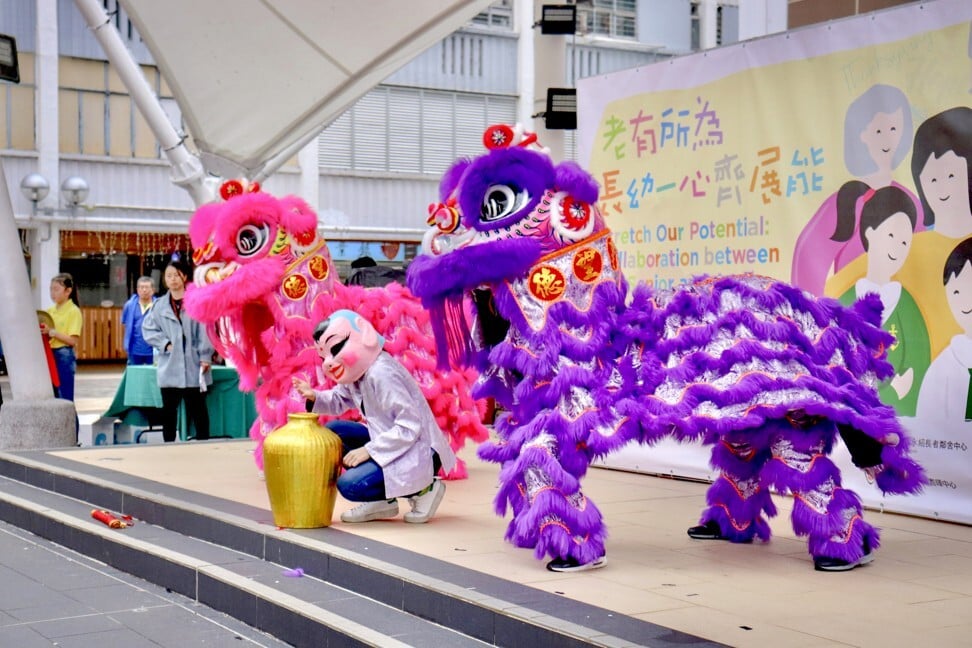
A lion dance with lion lads sees students perform alongside their mentors.
Humans have long dressed up like animals to dance, a practice that dates back to the Qin dynasty, around 220BC, when there were texts describing exorcisms with dancers wearing bear skin masks. So what made the lion so special and how has it stood the test of time?

A lion dance with lion lads sees students perform alongside their mentors.
Photo: Good Hope School
The earliest use of the word “lion” was in Han dynasty texts presented to court by emissaries from Central Asia. It wasn’t described as a dance until much later during the Tang dynasty. The dance was a lavish affair, and involved five different coloured lions, 12 “lion lads” or dancers in charge of teasing the beasts, accompanied by 140 singers.

In his poem, Western Liang Arts, Bai Juyi describes a line dance more like what we know today that was “performed by two hu (胡, he means non-Han people from Central Asia) dancers who wore a lion costume made of a wooden head, a silk tail and furry body, with eyes gilded with gold and teeth plated with silver as well as ears that moved”.
Northern and southern lions
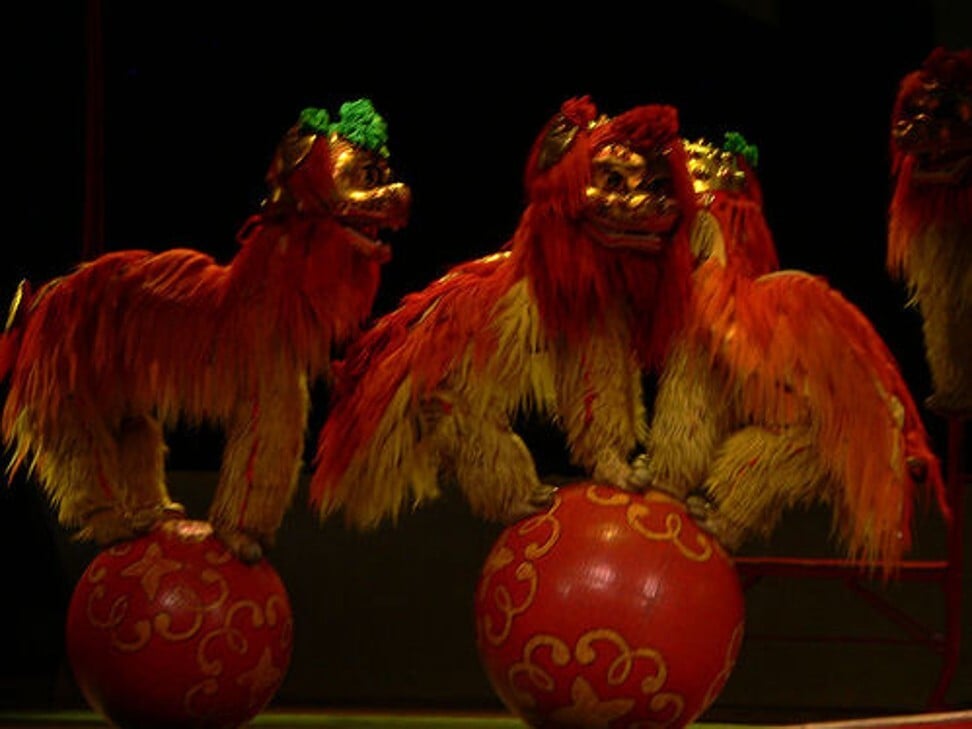
A northern lion dance, where the green bow represents a
The earliest use of the word “lion” was in Han dynasty texts presented to court by emissaries from Central Asia. It wasn’t described as a dance until much later during the Tang dynasty. The dance was a lavish affair, and involved five different coloured lions, 12 “lion lads” or dancers in charge of teasing the beasts, accompanied by 140 singers.
In his poem, Western Liang Arts, Bai Juyi describes a line dance more like what we know today that was “performed by two hu (胡, he means non-Han people from Central Asia) dancers who wore a lion costume made of a wooden head, a silk tail and furry body, with eyes gilded with gold and teeth plated with silver as well as ears that moved”.
Northern and southern lions

A northern lion dance, where the green bow represents a
female and a red bow represents a male lion. Photo: Handout
By the Song dynasty, all the lions in the dances resembled what we know as northern lions today. These lions have a gold painted wooden head, a shaggy red mane and yellow fur throughout their body. The male has a red bow on its head while a female usually sports a green one or has a green mane. The distinction between the sexes is made because the dance usually portrays a family of lions. The performance is more agile to depict playfulness, and acrobatics and stunts are common.
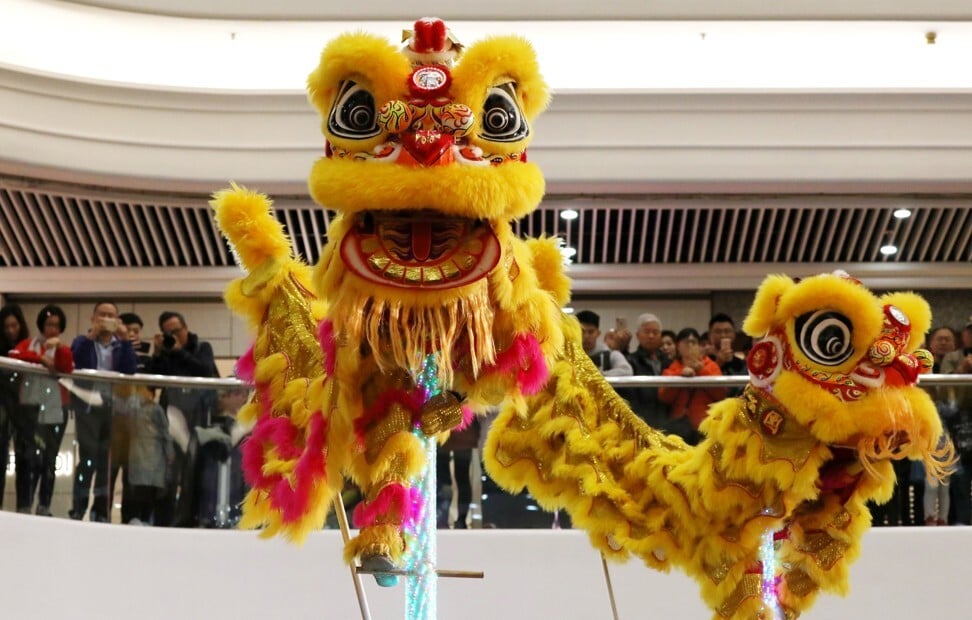
A lion dance at Times Square in Causeway Bay,
By the Song dynasty, all the lions in the dances resembled what we know as northern lions today. These lions have a gold painted wooden head, a shaggy red mane and yellow fur throughout their body. The male has a red bow on its head while a female usually sports a green one or has a green mane. The distinction between the sexes is made because the dance usually portrays a family of lions. The performance is more agile to depict playfulness, and acrobatics and stunts are common.

A lion dance at Times Square in Causeway Bay,
Hong Kong. Photo: Nora Tam
The structure of southern lions is more complicated than their northern counterparts. The head is made with papier-mâché over a bamboo frame, covered in gauze then painted and decorated with beautifully coloured materials that mimic fur. Southern lions are believed to originate in Guangzhou. They are said to have appeared in the Qianlong Emperor’s dreams during his Southern tour, and he ordered an animal to be made in the likeness of his description and used in festivals from then on. However, it’s most likely to have been adapted from the Northern lion, which dates back to the Ming dynasty.
Civil and martial lions
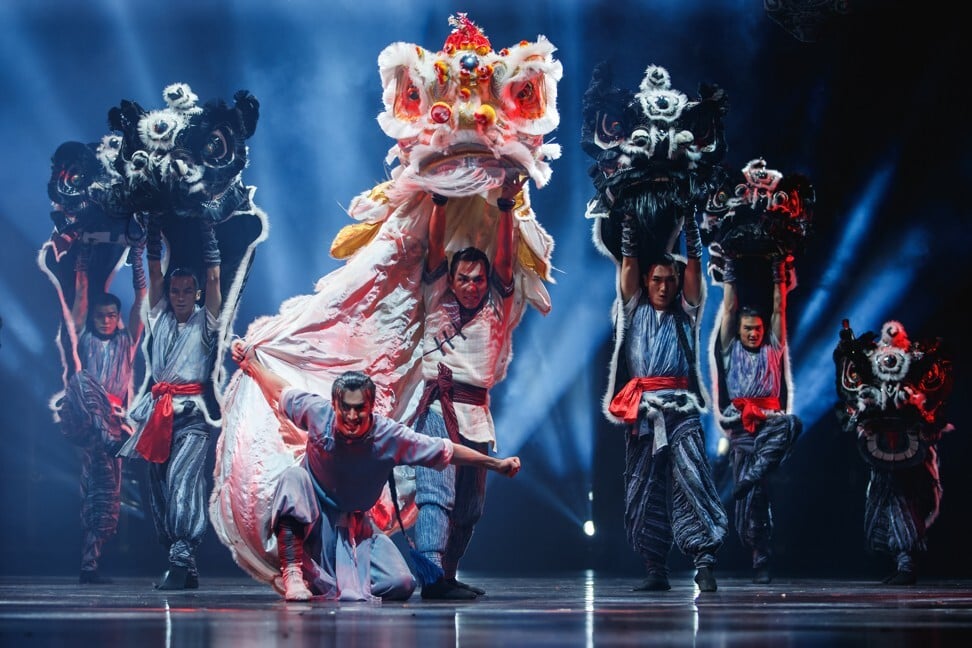
Awakening Lion performance by Guangzhou Song and
The structure of southern lions is more complicated than their northern counterparts. The head is made with papier-mâché over a bamboo frame, covered in gauze then painted and decorated with beautifully coloured materials that mimic fur. Southern lions are believed to originate in Guangzhou. They are said to have appeared in the Qianlong Emperor’s dreams during his Southern tour, and he ordered an animal to be made in the likeness of his description and used in festivals from then on. However, it’s most likely to have been adapted from the Northern lion, which dates back to the Ming dynasty.
Civil and martial lions

Awakening Lion performance by Guangzhou Song and
Dance Troupe. Photo: Handout
Lion dance performances are commonly separated into civil and martial types. Where there is more gesturing and blinking to mimic the animal’s movements in the civil dance, the martial style is more energetic and involves lots of acrobatics.
The enduring image of the southern lion
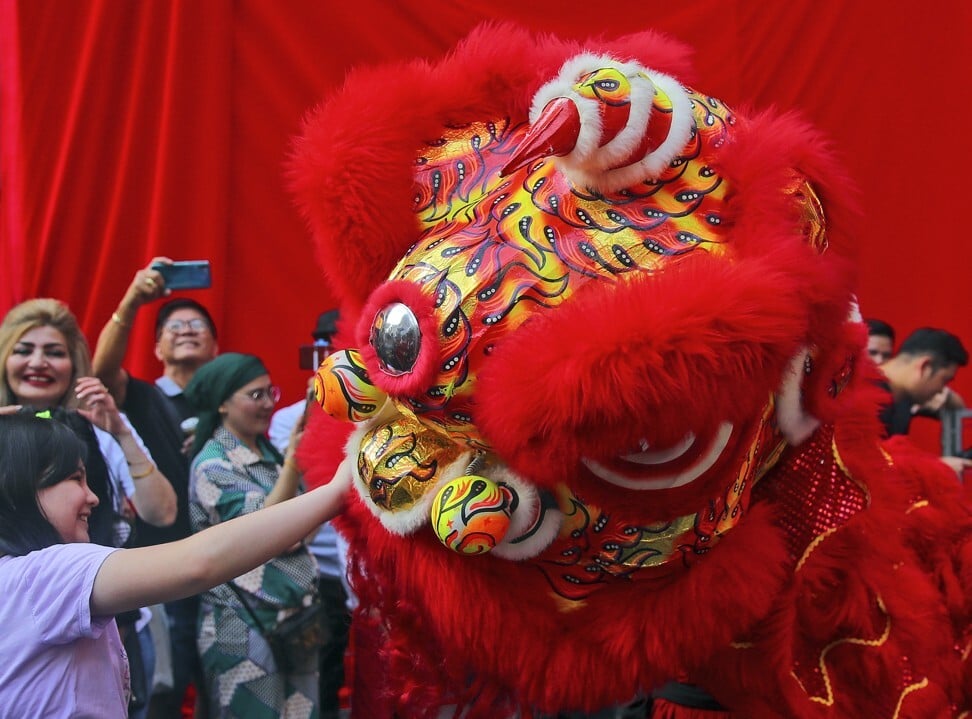
A child touches a lion’s head as dancers perform a traditional
Lion dance performances are commonly separated into civil and martial types. Where there is more gesturing and blinking to mimic the animal’s movements in the civil dance, the martial style is more energetic and involves lots of acrobatics.
The enduring image of the southern lion

A child touches a lion’s head as dancers perform a traditional
lion dance in Kuala Lumpur. Photo: EPA-EFE
Which brings us to the southern lion dance we commonly see today. More often than not, the civil dance is performed because of restricted space, but martial dances are also performed at larger gatherings and festivals.
Why is the eyelash-batting, silky and colourful beast the first image that comes to mind when we mention the lion dance? This is thanks to the Chinese diaspora from southern provinces such as Guangzhou and Hong Kong’s mass migration around the world in the past half-century, bringing their traditions and desire for auspiciousness with them.
From New York to Sydney, and Vancouver to Kuala Lumpur, many Chinese people trace their heritage back to the Southern cities and from there, every Lunar New Year these magnificent creatures are used to bless the new year.
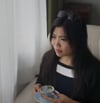
Lisa Cam
Commissioning Editor at SCMP and Editor of Sands Style magazine, Lisa Cam enjoys reporting and editing all things about food, travel and anything in between. She also draws on years of banking experience to write business and financial articles. At the end of the day, she likes nothing more than kicking back to a good dose of true crime stories and cooking tried and true recipes from sticky old cookbooks.
Which brings us to the southern lion dance we commonly see today. More often than not, the civil dance is performed because of restricted space, but martial dances are also performed at larger gatherings and festivals.
Why is the eyelash-batting, silky and colourful beast the first image that comes to mind when we mention the lion dance? This is thanks to the Chinese diaspora from southern provinces such as Guangzhou and Hong Kong’s mass migration around the world in the past half-century, bringing their traditions and desire for auspiciousness with them.
From New York to Sydney, and Vancouver to Kuala Lumpur, many Chinese people trace their heritage back to the Southern cities and from there, every Lunar New Year these magnificent creatures are used to bless the new year.

Lisa Cam
Commissioning Editor at SCMP and Editor of Sands Style magazine, Lisa Cam enjoys reporting and editing all things about food, travel and anything in between. She also draws on years of banking experience to write business and financial articles. At the end of the day, she likes nothing more than kicking back to a good dose of true crime stories and cooking tried and true recipes from sticky old cookbooks.
No comments:
Post a Comment